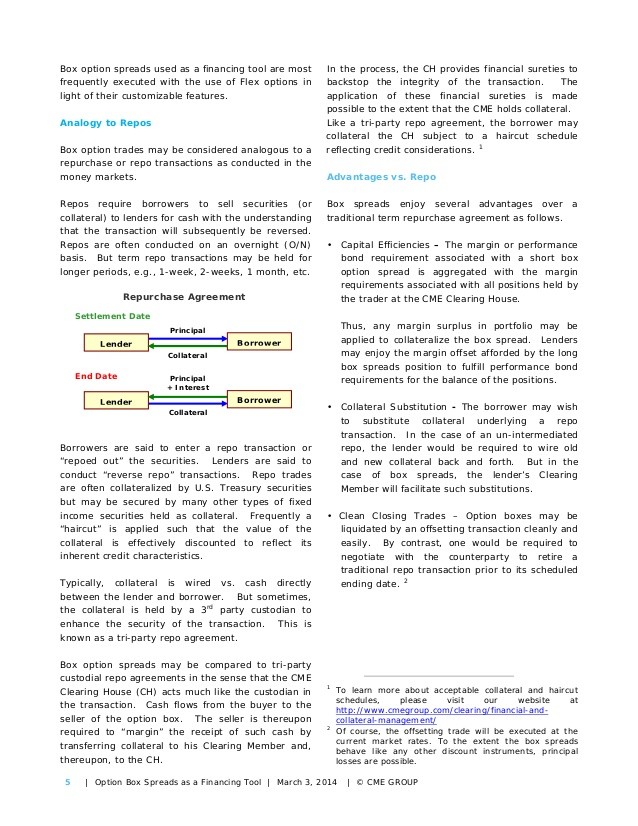Customize Your Trading With Flex Options
Post on: 24 Апрель, 2015 No Comment

The opportunity to design and tweak an option to gain more financial benefit has been made possible through FLEX options. This investment vehicle was created in 1993 by the Chicago Board Options Exchange. FLEX options, also known as Flexible Exchange, have provided a unique alternative to over-the-counter options.
What They Are
FLEX Options were designed to track the value of a stock. They allow the buyer and seller to customize their options by further discussing the terms on the deals. Market participants, such as pension funds, money managers and insurance companies, can customize according to size, expiration date (which has ranged between one and five years), exercise style (American or European) and certain exercise prices. (For a background on this topic, see our Options Basics Tutorial .)
The first types of FLEX options were contracts on stock market indices. Initially, they were available on the S&P 100 and the S&P 500 indices. Now, they are accessible on the Dow Jones Industrial Average and Nasdaq 100.
Equity Flex options or E-FLEX debuted in 1996 on the Chicago Board Options Exchange, American Stock Exchange and the Pacific Stock Exchange. A minimum of 250 contracts had to be traded in order to open a new E-FLEX series. A minimum of 100 contracts were required to trade an existing E-FLEX series. The options were targeted to large institutional investors because the options have had a minimum face value of $10 million.
The Securities Exchange Commission eliminated position and exercise limits a year later. These limitations created a ceiling on the total number of options contracts on the same side of the market that an investor or group of investors acting together may hold or write, according to the American Stock Exchange. In most cases, the E-FLEX positions couldn’t go beyond 75,000 contracts, representing only 7.5 million shares of underlying stock. Removing these limits allowed major institutions to use options on a greater level.

FLEX options transactions use to be paper intensive. According to the study, Reducing the Market Impact of Large Stock Trades in the Journal of Portfolio Management. the investor began the process by going to a broker or dealer. The broker contacted the floor of the exchange, such as AMEX. The broker also completed a request for quote form. This form described the terms of the contracts for the bids and or offers that are solicited. Next, the form went to the specialist responsible for options. This specialist fixed a request response time that occurred within a couple of minutes to twenty minutes for responding quotes. The trade was assigned an alphanumeric number. The proposed trade was put on the Options Price Reporting Authority tape. Off-floor dealers and customers bid or sent offers to their brokers to contact specialist. Once that time ended, the best bid and offer were sent out on the Options Price Reporting Authority. (For more, check out Electronic Trading: The Role Of A Specialist .)
The demand for options started to dwindle so the process became automated in 2007 with CFlex, an online platform. The virtual environment cut costs and reduced the time for orders and request for quotes.
The Pros and Cons














